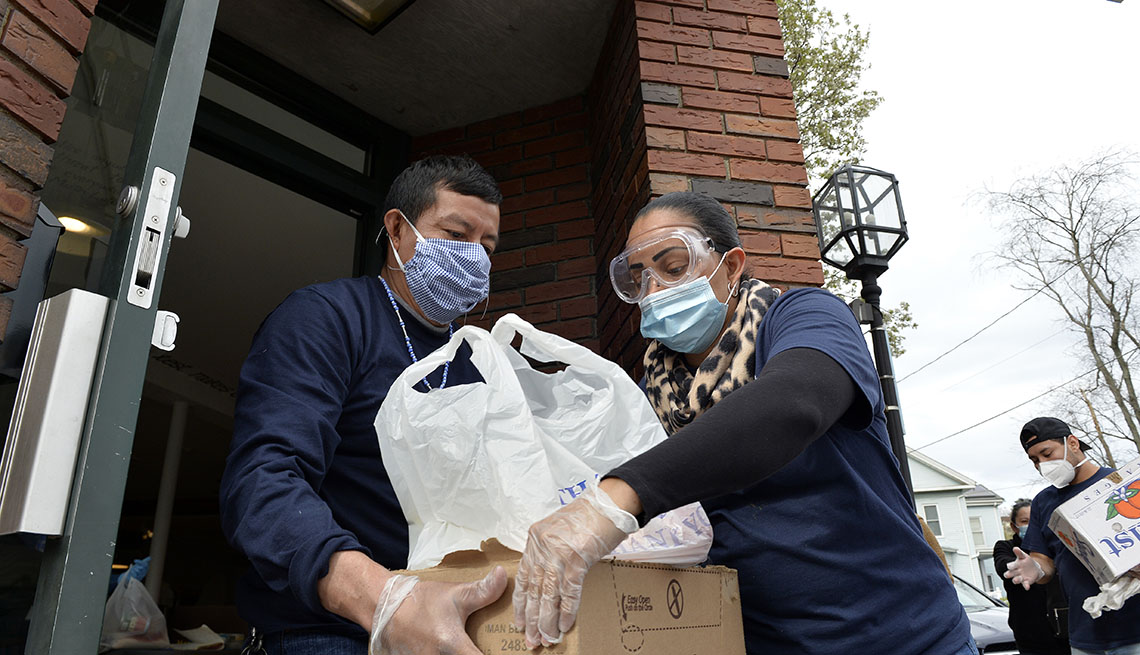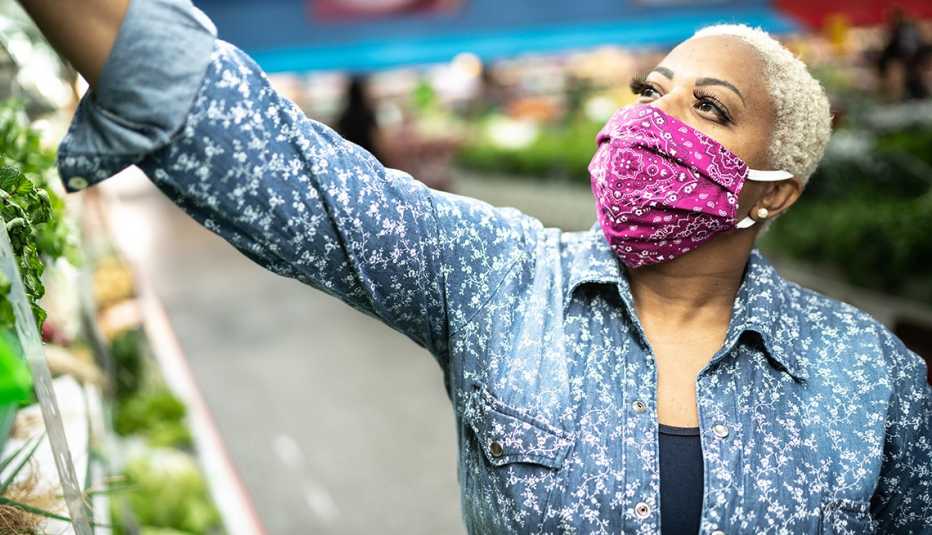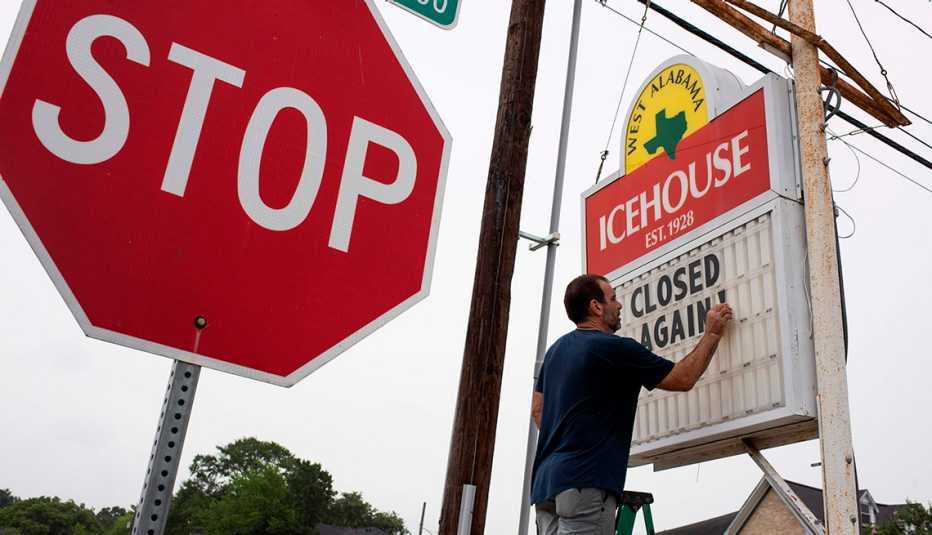Staying Fit
More Hispanic Americans are dying at younger ages from COVID-19 than their white counterparts, a new report from the Centers for Disease Control and Prevention (CDC) shows. About 34 percent of Hispanics who died of COVID-19 between mid-February and late April were under the age of 65. By comparison, about 18 percent of COVID-19-related deaths were documented in whites younger than 65 during the same time frame.
The new data is the latest in a series of studies that highlight a troubling trend: The coronavirus is taking a heavy toll on minority communities. Black Americans and American Indians/Alaska Natives, for example, are five times as likely to be hospitalized for COVID-19 as white people, according to the CDC; Hispanics are four times as likely to wind up in the hospital for coronavirus infections as non-Hispanic whites. And as coronavirus cases continue to climb in many states, health experts predict the burden on minority communities will persist.


AARP Membership— $12 for your first year when you sign up for Automatic Renewal
Get instant access to members-only products and hundreds of discounts, a free second membership, and a subscription to AARP the Magazine.
Among 33 states identified by the Kaiser Family Foundation where new coronavirus cases are surging, 23 states in the South and West are home to 7 in 10 of all Hispanic individuals in the U.S. About 6 in 10 Asian American and American Indian/Alaska Native people live in these states, as do over half of black people, a new analysis from the nonprofit organization shows.
“The large number of people of color living in COVID-19 hotspots coupled with the already disproportionate impact for people of color will likely lead to further growth in disparities as the outbreak shifts to the South and West,” the report’s authors write. They point to the importance of “working with trusted community members and leaders and providing information in linguistically and culturally appropriate ways to effectively reach individuals” as one potential course of action.
More testing needed
Ramping up culturally appropriate messaging is important when it comes to addressing the virus’ disproportionate burden on minority communities, but it’s not the only answer, says Carlos Rodriguez-Diaz, an associate professor in the Department of Prevention and Community Health at the George Washington University Milken Institute School of Public Health. “We need to provide more testing where these communities are, rather than relying only on communities coming to the health care system,” he says. The Kaiser report also calls for more widely accessible testing.



































































